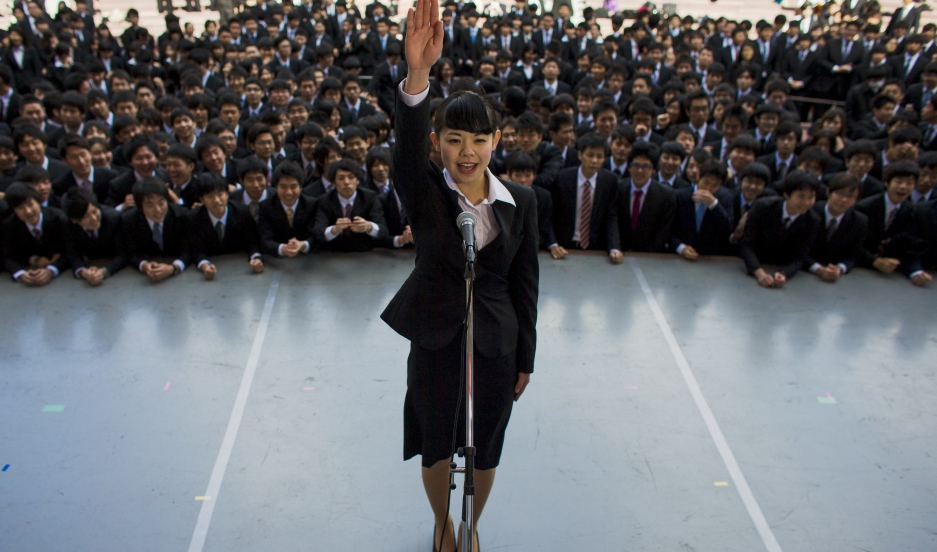Bottom ten nations
Takemaru, Naoko (2010). Women in the Language and Society of Japan. McFarland. In Japan, the contraceptive pill was legalized in 1999, a lot later than in most Western international locations.[86] Its use continues to be low, with many couples preferring condoms.
In 1986, the Equal Employment Opportunity Law took impact. Legally, few barriers to women’s equal participation in the life of society stay.
This was revised in 1993, and absolutely the poverty line was set at $1.08 a day for all international locations on a buying power parity (PPP) foundation, after adjusting for inflation to the 1993 US dollar. In 2005, after intensive studies of cost of living the world over, The World Bank raised the measure for world poverty line to replicate the noticed greater value of residing.[four] Thereafter, the World Bank decided poverty rates from those living on lower than US$1.25 per day on 2005 PPP foundation, a measure that has been widely utilized in media and scholarly circles. The Saxena Committee report, using data from 1972 to 2000, separated calorific intake apart from nominal income in its financial evaluation of poverty in India, and then stated that 50% of Indians lived under the poverty line.[87] The Planning Commission of India, in distinction, determined that the poverty fee was 39%. Poverty was intense during colonial era India.
Gender Inequality Index

There are a number of theories explaining women’s low workforce participation. One factors to the significance of household in Japanese society.[13][14] This emphasis on the male-breadwinner model persists because government tax insurance policies and firm advantages are not as helpful for ladies, especially women with families.
The percentage of births to single women in selected nations, 1980 and 2007.[31] As could be seen in the figure, Japan has not adopted the trend of different Western nations of children born outdoors of marriage to the identical degree. The establishment of marriage in Japan has changed radically over the japanese girls past millennium. Indigenous practices tailored first to Chinese Confucianism through the medieval period, after which to Western ideas of individualism, gender equality, romantic love, and the nuclear household during the fashionable era. Customs once unique to a small aristocracy gained mass recognition because the inhabitants became more and more urbanized.
Japan has a few of the highest charges of child poverty in the developed world, according to a Unicef report. It ranked Japan thirty fourth out of forty one industrialised international locations. According to Japan’s Health Ministry statistics, as of May 2017, 16% of Japanese kids live beneath the poverty line.

Despite being a highly developed society, Japan has excessive levels of gender inequality. In 2015, the country had a per-capita earnings of US$38,883,[1] rating 22nd of the 188 international locations, and #17 within the Human Development Index.[2] Its Gender Inequality Index rank was 21st, relatively low for developed nations.[3] The disparity between revenue and gender inequality is due to the persistence of gender norms in Japanese society. Gender-based inequality manifests in various features of social life in Japan, from the household to political representation, playing particular roles in employment alternatives and revenue, and happens largely as a result of differing gender roles in traditional and fashionable Japanese society. According to the World Bank, India accounted for the world’s largest number of poor folks in 2012 using revised methodology to measure poverty, reflecting its large population. However, in terms of proportion, it scored fairly lower than different countries holding massive poor populations.[34] In July 2018, World Poverty Clock, a Vienna-primarily based think tank, reported that a minimal 5.three% or 70.6 million Indians lived in excessive poverty in comparison with 44% or 87 million Nigerians.
Sexuality in Japan has developed separately from mainland Asia, and Japan did not undertake the Confucian view of marriage by which chastity is extremely valued. However, births outside marriage remain uncommon in Japan. In interviews with Japanese housewives in 1985, researchers found that socialized female conduct in Japan adopted several patterns of modesty, tidiness, courtesy, compliance, and self-reliance.[10] Modesty extended to the effective use of silence in each daily conversations and actions. Tidiness included private look and a clean home. Courtesy, another trait, was called upon from women in domestic roles and in entertaining visitors, prolonged to actions similar to making ready and serving tea.
The tea homeowners are entrepreneurs, whose service to the geisha is very essential for the society to run smoothly. Infrequently, men take contingent positions such as hair stylists,[forty] dressers (dressing a maiko requires appreciable strength) and accountants,[sixteen] but men have a limited function in geisha society. By the 1830s, geisha had been considered some of the leaders of style and style in Japanese society, and had been emulated by women on the time.[17] Many developments that geisha began turned broadly popular and proceed to today; the sporting of haori by women, for instance, was begun by geisha within the Tokyo hanamachi of Fukugawa in the early 1800s. National Institute of Population and Social Security Research (IPSS). “Attitudes towards Marriage and Family amongst Japanese Singles.” 2011.
The World Bank has reviewed its poverty definition and calculation methodologies several instances over the past 25 years. In early Nineteen Nineties, The World Bank anchored absolute poverty line as $1 per day.
Marriage in Japan
The artwork of make-up, hairstyles, and clothes are very important too. Most of the exercise of geisha right now is located at the hanamachis of Kyoto (especially the Gion hanamachi) and Tokyo. In modern Japan, they are almost never seen exterior of them.
According to the UNDP there was a minor calculation change to the 2011 Gender Inequality Index from the 2010 index used. The maternal mortality ratio was calculated in the Gender Inequality Index at 10 despite the fact that the range of GII values should be between 0 and 1. To appropriate this the maternal mortality ratio is normalized by 10, which generally decreased the values of the GII.
